Dear @s colleagues and friends @s
An esteemed colleague, a biomedical engineer, shares this interesting article published on July 12, 2024 in the research news section of the Institute for Bioengineering of Catalonia (IBEC) and translated by us for this space. Let's see what they tell us about it...
Light can be used to activate drugs in specific parts of the body using photopharmacology. This innovative approach involves modifying the chemical structure of a drug by adding a light-activated molecular switch, such as azobenzene. This allows the drug to be activated only when exposed to a specific color of light, rather than in the dark.
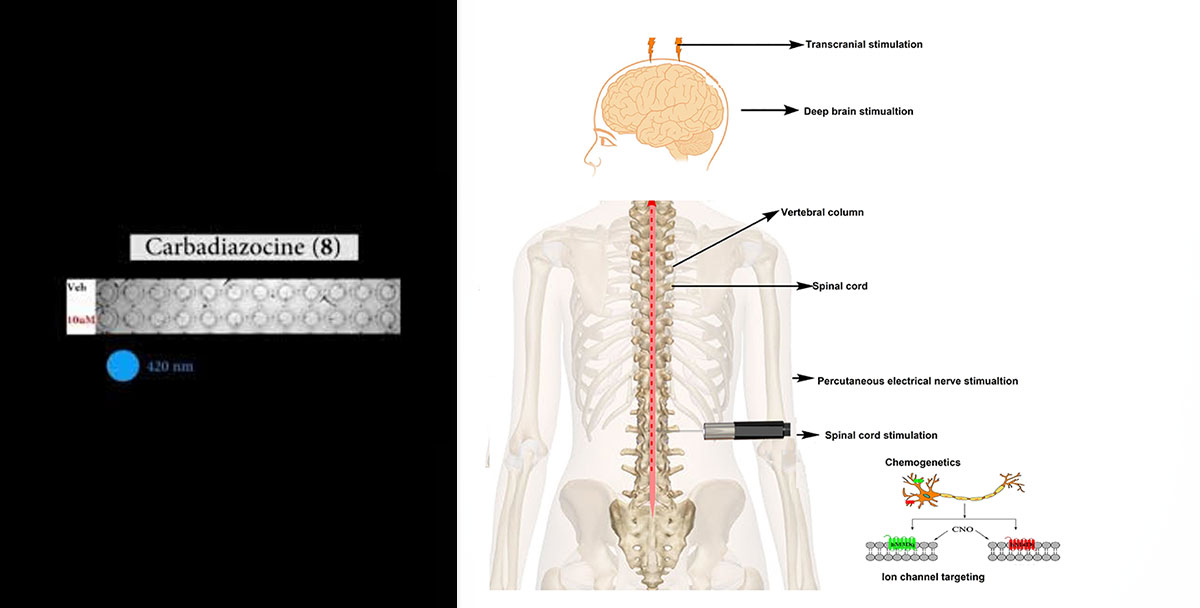
Based on these principles, a team of researchers led by Institute for Bioengineering of Catalonia (IBEC) has developed photoswitchable derivatives of carbamazepine, an antiepileptic drug widely used in medicine to combat certain types of neuropathic pain, such as trigeminal neuralgia.
These compounds, which have an analgesic effect when activated by light, are able to inhibit nerve signals locally and on demand. The derivatives synthesized by the researchers are activated at wavelengths corresponding to the color amber, allowing them to pass through tissues and bones using conventional halogen lamps.
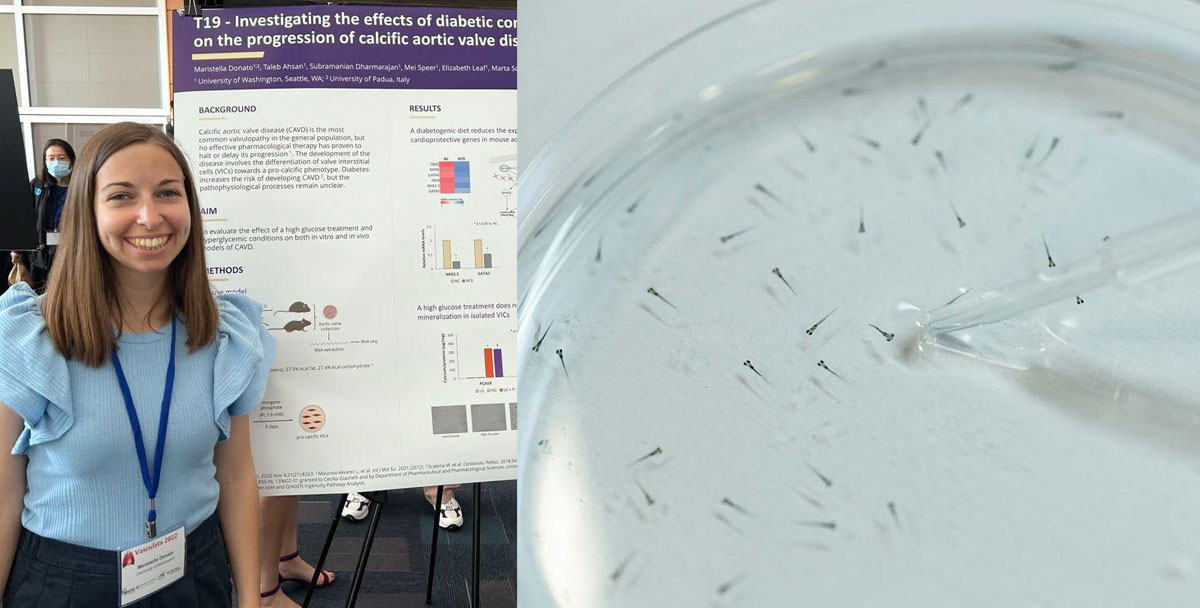
The two synthesized compounds, carbazopin-1 and carbadiazocine, show photopharmacological activity, allowing light to reversibly control the activity of hippocampal neurons and the locomotion of zebrafish larvae. These in vivo experiments allow us to observe anxiety-related behaviors reflected in sudden swimming movements.
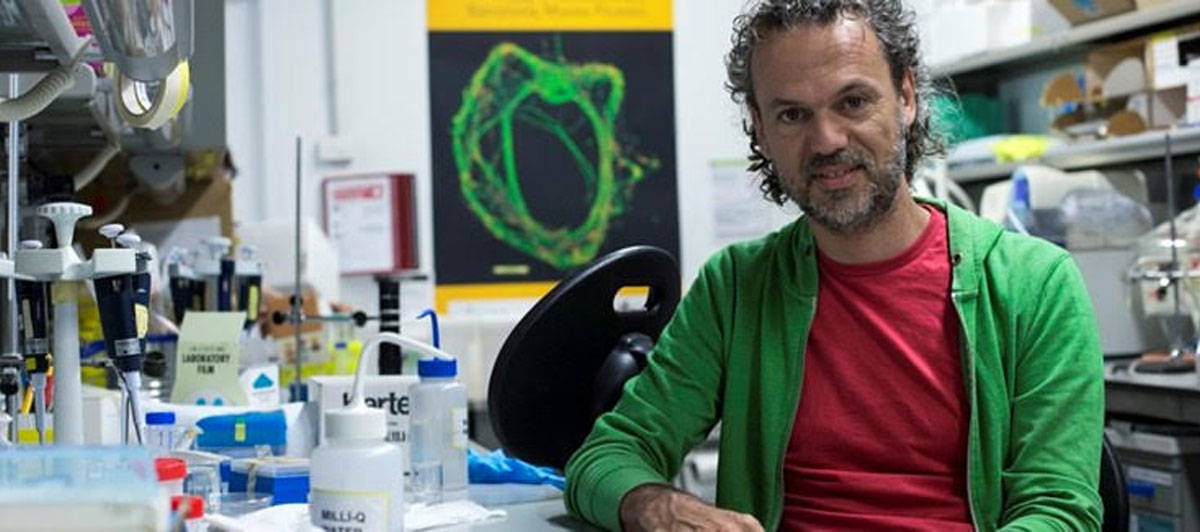
IBEC researcher Luisa Camerin, first author of the study, explains: “When we illuminate the larvae that have absorbed these compounds with a certain wavelength, the drug is activated and the larvae move faster. If we change the wavelength, its movement slows down again, demonstrating the reversible effect of the compound on the nervous system.”
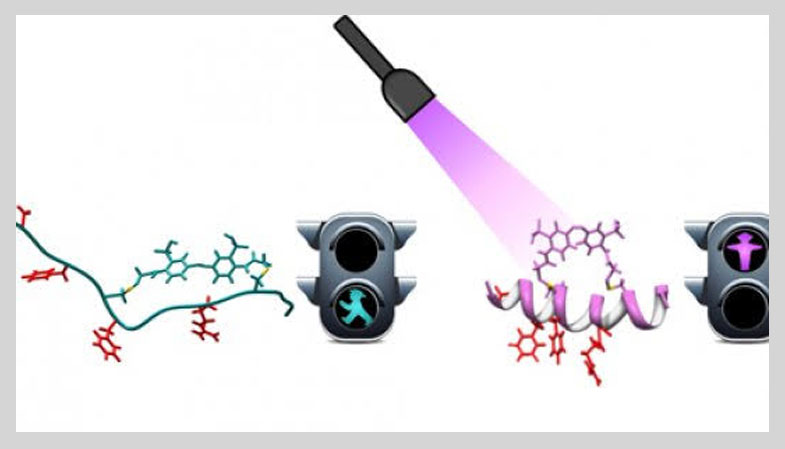
Carbadiazocine has also been shown to have analgesic properties.
“In rat models developed in the laboratory of Esther Berrocoso at the University of Cádiz, we have observed that carbadiazocine has an analgesic effect on neuropathic pain without signs of anesthesia, sedation or toxicity. These results demonstrate a simple and convincing treatment with non-invasive lighting.”
explains Pau Gorostiza, ICREA research professor, principal investigator at IBEC and member of CIBER-BBN.
Neuropathic pain is caused by injuries or diseases of the somatosensory system, such as lumbar radiculopathy (“sciatica”), diabetic neuropathy, and chronic postoperative pain. Treating this type of pain usually requires opioids, which are stronger pain relievers than common NSAIDs, such as paracetamol and ibuprofen. However, its use is controversial due to its inconsistent efficacy, the need for high doses that can cause tolerance and addiction, and systemic side effects such as constipation, nausea, dizziness, and drowsiness.
In this context, light-based therapies are becoming increasingly important in medicine due to their ability to target specific regions of the body, increasing treatment efficacy and reducing the side effects of systemic drugs.
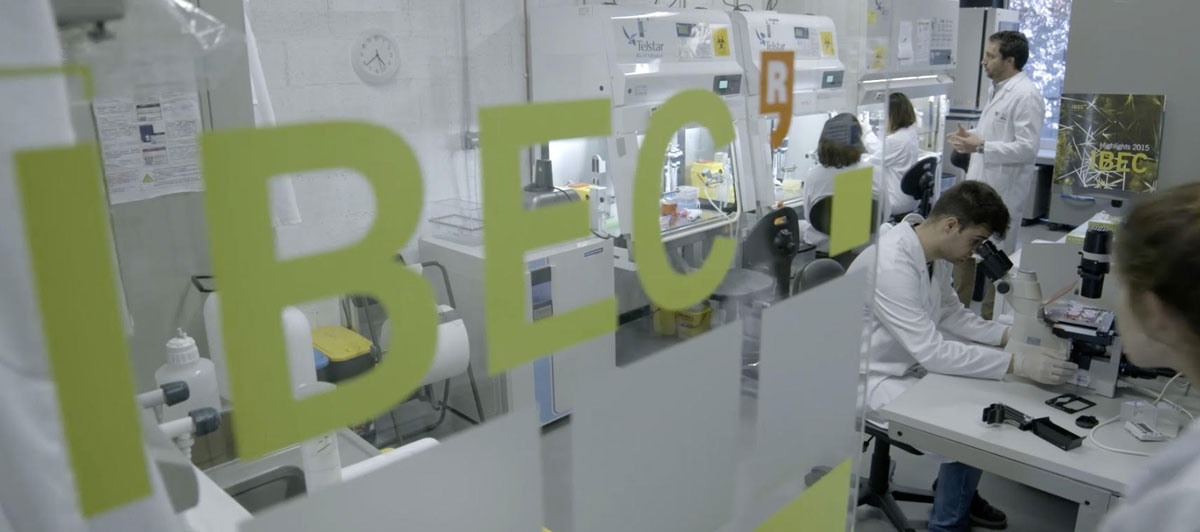
The team is already working on the next step of this project, which will consist of activating drugs using infrared light, which penetrates deeper into the tissue, and using portable light sources such as lasers or light-emitting diodes (LEDs).

